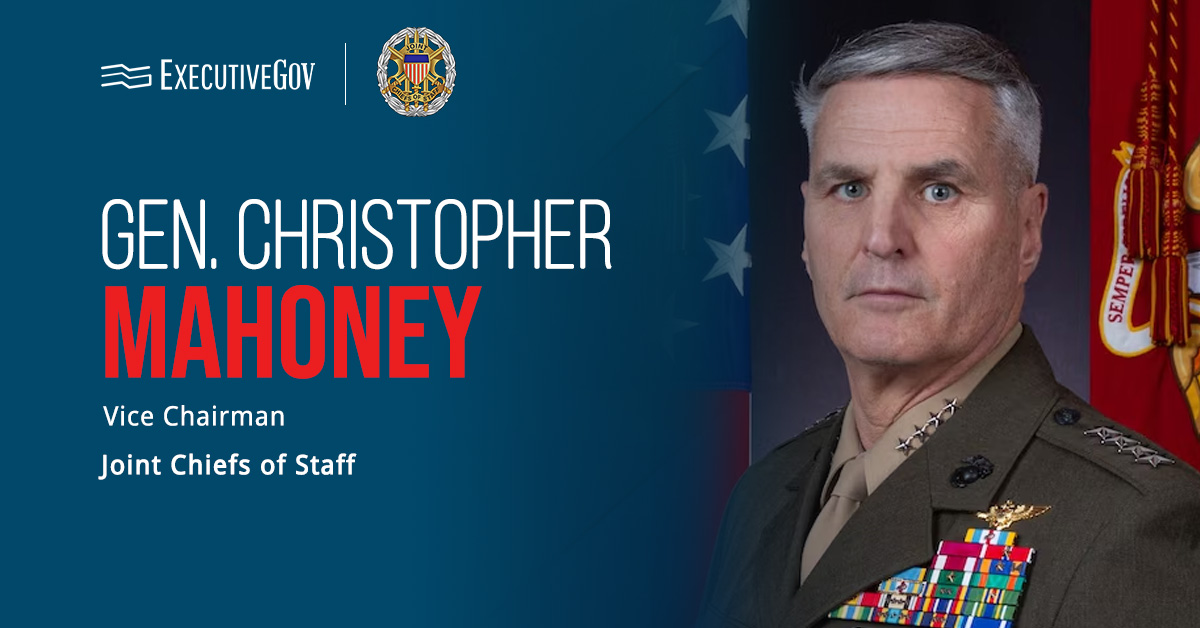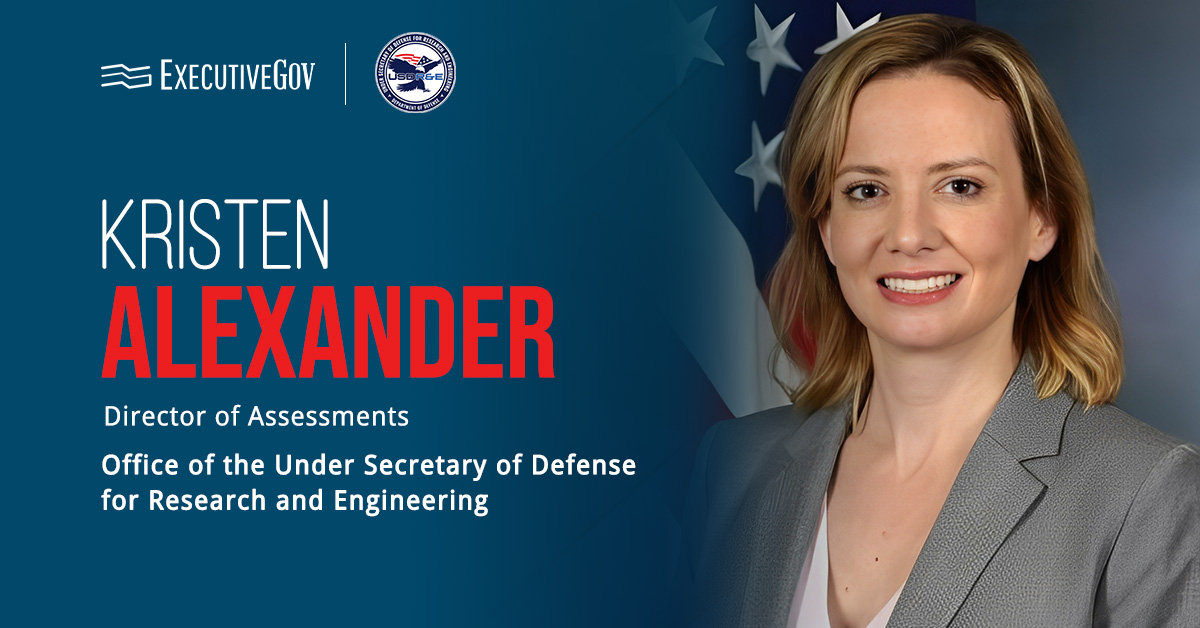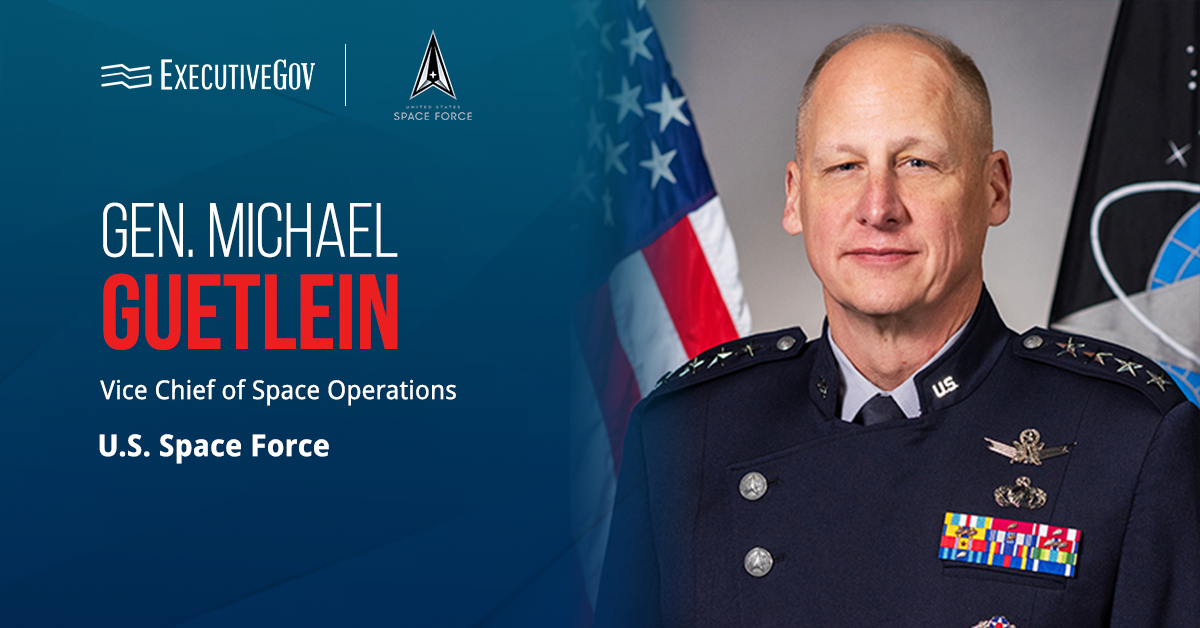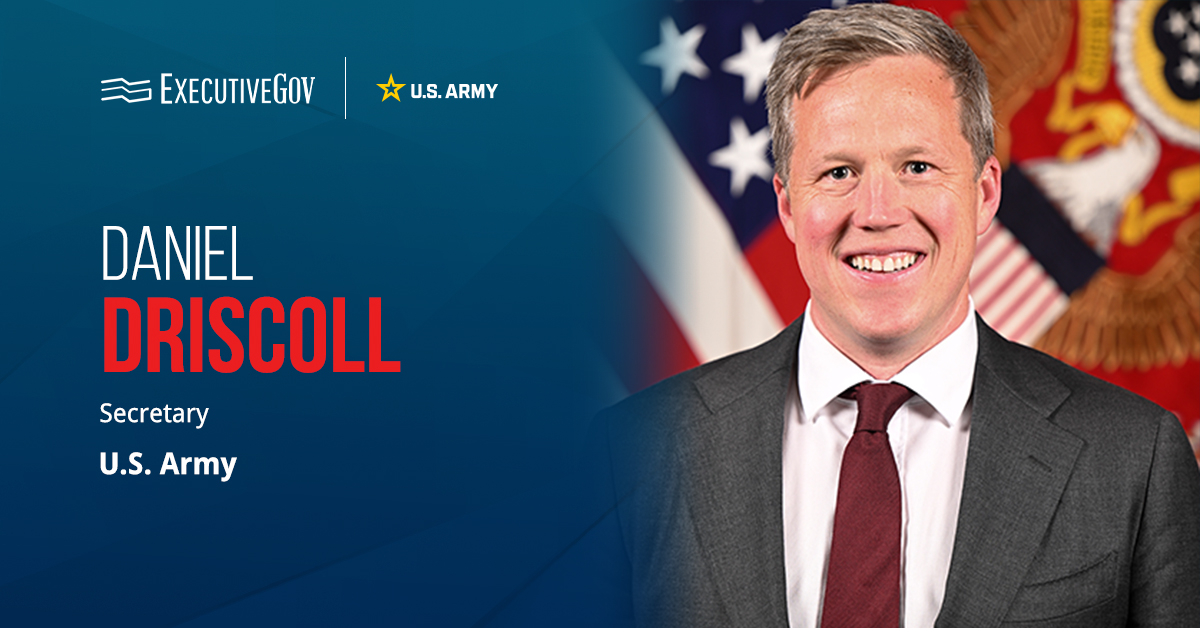President Donald Trump has nominated Marine Corps Gen. Christopher Mahoney to be the next chairman of the Joint Chiefs of Staff.
According to a congressional notice, the Senate on Tuesday received and referred Mahoney’s nomination to the Senate Armed Services Committee.
Navy Adm. Christopher W. Grady currently serves as the vice chairman of the Joint Chiefs of Staff.
The JCS vice chairman is the country’s second-highest-ranking military officer who oversees joint military requirements and represents the U.S. military in National Security Council deputies meetings.
Who Is the Nominee for the Joint Chiefs of Staff Vice Chairman Role?
Mahoney is the 37th assistant commandant of the Marine Corps, a position he has held since November 2023.
He previously served as deputy commander of the U.S. Marine Forces Pacific; director of strategy and plans at Headquarters, U.S. Marine Corps, or HQMC; deputy commander of U.S. Forces, Japan; commanding general of the 3rd Marine Aircraft Wing; and deputy commandant for programs and resources at HQMC.
The Top Gun graduate has logged over 5,000 flight hours in the A-6, F-5, F-18 and F-35 fighter aircraft.
Mahoney is a qualified forward air controller and parachutist and has held command at the wing, group and squadron levels.













